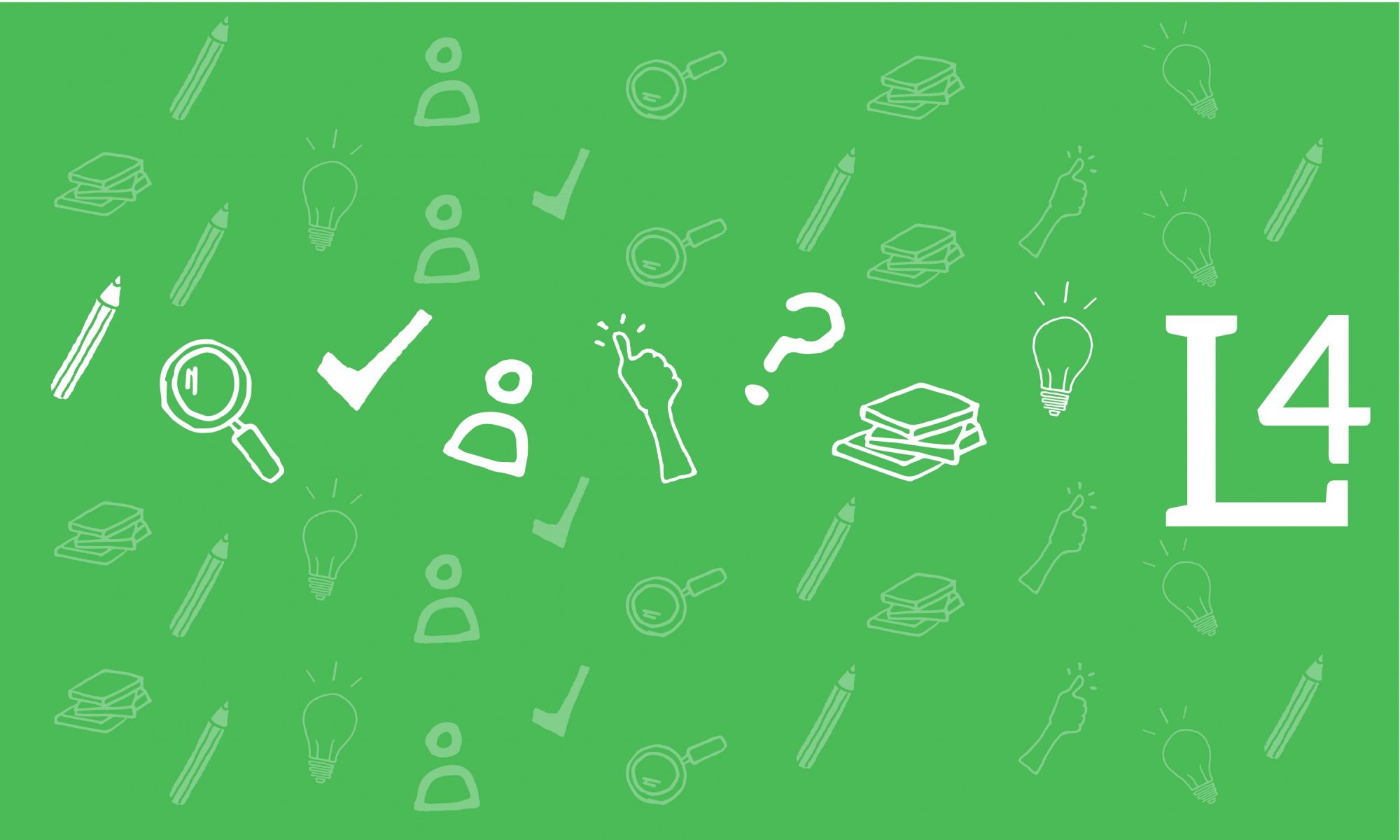Case studies -in class assignment
Wenhsing Yang
Nursing
Medical-Surgical Nursing
Activity Description: Provide a brief description of the activity
You will be assigned to a group (4 to 5 students) and discuss this case study with a Google link. This activity will take 30 minutes. After that, you have 10 minutes to present your answer to the class. You will need to use textbooks and online resources to provide your answers and rationales. This presentation will take 10 minutes per group. Feedback is welcome.
The link is here https://docs.google.com/presentation/d/1ZXzJYcymsyznni6tVvNWhUbW8V1EsekWJWQhF9rdraM/edit?usp=sharing
Learning Goals: What do you aim to achieve with this activity?
The goals of this assignment are based on ACEN requirement (critical thinking) as follows:
The goal is to avoid having your decision cause injury to anyone
With critical thinking skills, you can weigh many factors and skillfully solve problems, making good decisions a majority of the time
Operating in a critical thinking model while pursuing nursing studies helps develop the clinical judgment needed to practice safe nursing
Nursing uses a knowledge base to make decisions, generate new ideas, and solve problems
Timing: At what point in the lesson or semester do you use this activity? How much classroom time do you devote to it? How much out-of-class time is expected?
This assignment will be used at the end of the cancer chapter (week five).
This activity will take 30 minutes. After that, you will present your answer to the class.
You have ten minutes to present your answers to the class.
Logistics: What preparation is needed for this activity? What instructions do you give students? Is the activity low-stakes, high-stakes, or something else?
I will need to create a scenario and questions for students to complete the assignment. You have 30 minutes to complete the assignment and present it to the class.
This is a group assignment; you will be assigned to a group to discuss your answer. Please note, you will need to provide evidence-based on your answer. Please feel free to use online resources and textbooks.
This is a low-stakes assignment because it does not cause danger to people. Instead, the students will have the opportunity to share the answers with the class and ask for feedback
Assessment: How do you assess this activity? What assessment measures do you use? Do you use a VALUE rubric? If not, how did you develop your rubric? Is your course part of the college-wide general education assessment initiative?
I use the Value rubric -critical thinking. This is part of a college-wide general education assessment.
Reflection: How well did this activity work in your classroom? Would you repeat it? Why or why not? What challenges did you encounter, and how did you address them? What, if anything, would you change? What did students seem to enjoy about the activity?
Yes, I will repeat this activity with different classes. Different case studies will be provided based on the course objective and outcome.
Only a few students discuss in the class, so I will need to facilitate the activity and ask other students for their input.
I will give each group different case studies, so the students will have different understanding of each disease and their nursing interventions.
Students like to hear from other groups with their answers and rationales. Because each group has different answers based on their priority and information. Additionally, students will be able to work with other students. In nursing, teamwork is necessary.
Additional Information: Please share any additional comments and further documentation of the activity – e.g. assignment instructions, rubrics, examples of student work, etc. These can be links to pages or posts on the OpenLab.
N/A
Please share a helpful link to a pages or post on the OpenLab



